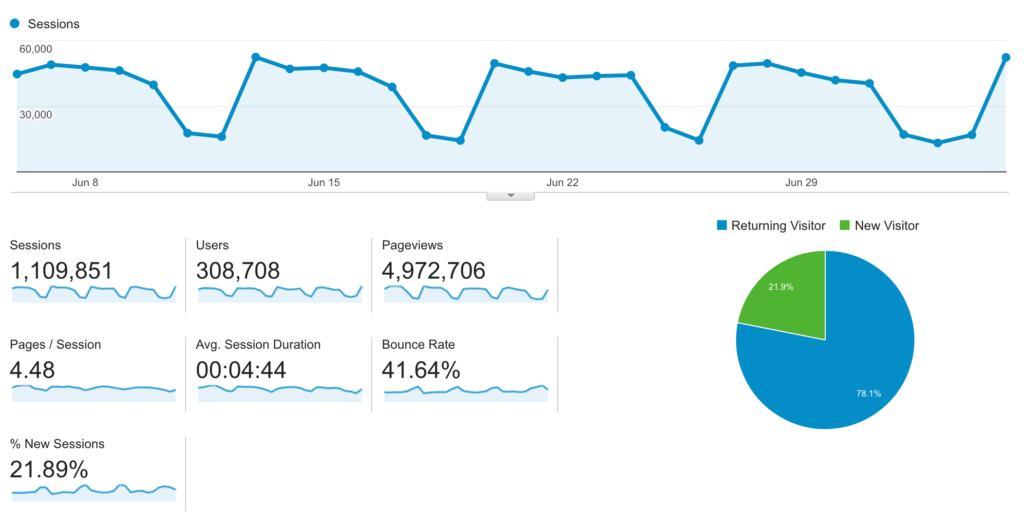
We’ve all seen the headlines. “Yahoo confirms major breach — 500k accounts affected” … “JPMorgan Chase hacking affects 76 million households” … “Hackers selling 117 million LinkedIn passwords” … and the list goes on. Hackers are out there, scouring the web and looking for sensitive information they can use or sell for profit.
Even with these well-known companies being hacked, many site owners don’t take the steps to protect their own systems to thwart intruders. Many business owners may not consider the potential liabilities if a security breach does occur.
Every site is a target
There’s a common misconception that hackers only target sites with lots of traffic. Continue reading “Your responsibilities as a site owner and the liabilities if you are hacked”






